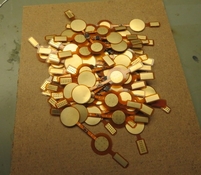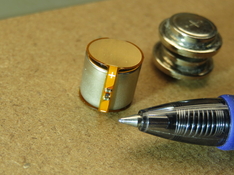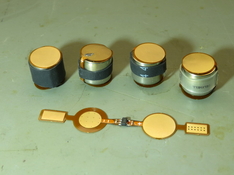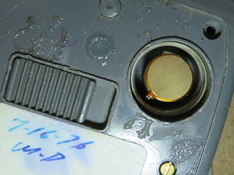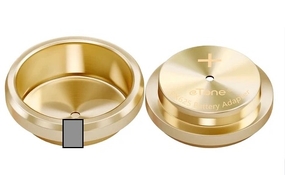Alcayatas
Member
Hello,
long time ago I was bought a super8 camera Carena 756, and photometer battery ask for a PX14 battery of 2.6V. I couldn't find this battery, and I used two button 1.5v battery, so as a result I have a 3V battery. But unfortunatelly the film was overexposed due to this, so this slightly differences was afectation on the film exposure.
Some time later, I bought another super8 camera, and inside there was and old battery PX14, but to 2.7V. So was a different voltage, for the same battery number? Even today we can find some bateries at 3V. I know this kind of batteries are used also in other photo, and cinema cameras, or photometers.
Some shops also sell a equivalent , or two A675 1.4V battery, so you get 2.8V. also named as a PX14 replace battery. Other sell a 3V battery for equivalent.
So I always have some questions about it.
-What they do this differents types of voltage batteries and give it the same name PX14? 2.6v, 2.7v,
-What they decided do a very different voltage battery, as usuals, like 1.5V, 3V,... It is not easy manufacture the cameras to standards voltages?
Thanks
long time ago I was bought a super8 camera Carena 756, and photometer battery ask for a PX14 battery of 2.6V. I couldn't find this battery, and I used two button 1.5v battery, so as a result I have a 3V battery. But unfortunatelly the film was overexposed due to this, so this slightly differences was afectation on the film exposure.
Some time later, I bought another super8 camera, and inside there was and old battery PX14, but to 2.7V. So was a different voltage, for the same battery number? Even today we can find some bateries at 3V. I know this kind of batteries are used also in other photo, and cinema cameras, or photometers.
Some shops also sell a equivalent , or two A675 1.4V battery, so you get 2.8V. also named as a PX14 replace battery. Other sell a 3V battery for equivalent.
So I always have some questions about it.
-What they do this differents types of voltage batteries and give it the same name PX14? 2.6v, 2.7v,
-What they decided do a very different voltage battery, as usuals, like 1.5V, 3V,... It is not easy manufacture the cameras to standards voltages?
Thanks








 so I don't thing this is a concern.
so I don't thing this is a concern.